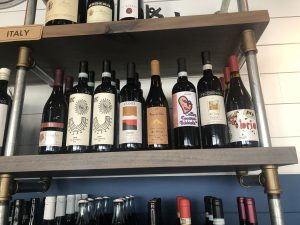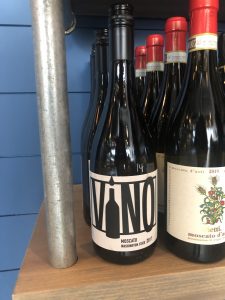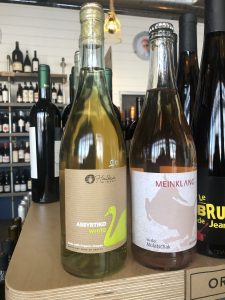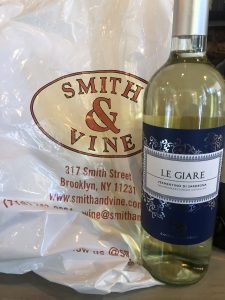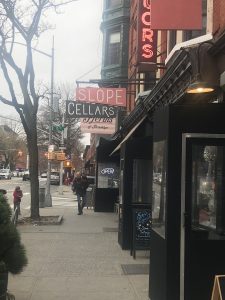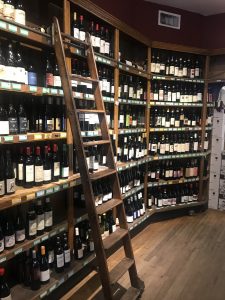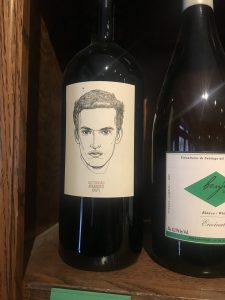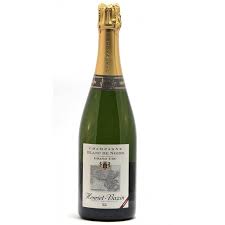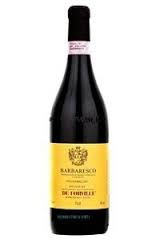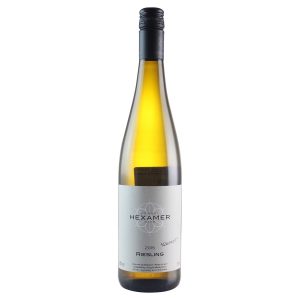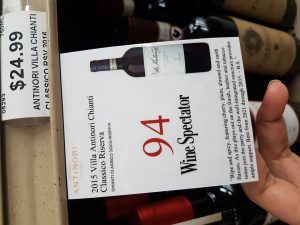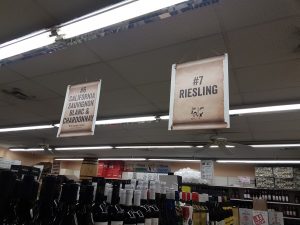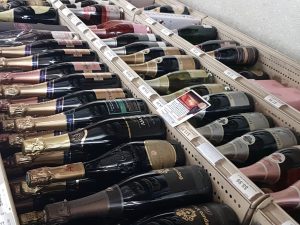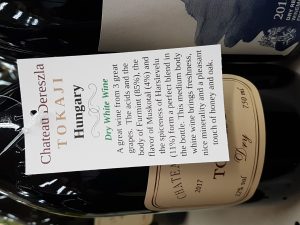Wine is an alcoholic beverage made from the grape juices that have been fermented. Both sugar and yeast undergo fermentation, resulting in alcohol, carbon dioxide, and heat. Too many, wine may all seem the same, however, wine comes in different styles depending on the grape variety. Wine is produced in many parts of the world and although, it may not seem obvious, studying wine is a long process.
Without much knowledge about the way wine is produced or identifying what the difference in style is, it is difficult having to sit at a restaurant trying to figure out what type of wine will pair of well with the meal desired. Many times, it is difficult for guests to experience fine dining, mainly because we do not know what kind of wine to be in search for. We don’t know whether we want, dry or sweet, one with high acidity or low acidity, or high in alcohol or low. We simply find ourselves dazing through the long wine list.
Looking into more about what wine is, I found myself looking through River Cafe’s list. This is a fine dining restaurant located under the Brooklyn Bridge, also known as a romantic setting, as well as a great culinary destination. As most fancy restaurants, the River Café provides its customers with a long wine list. The way the menu is set, is extremely organized because it begins listing its wine by the glass, which include drinks like, Champagne and Sparkling wines, white and red wines, as well as Rose. It then sets off to Fortified wines, and to a variety of different wines with the vintage, bottle size, and the price. Interestingly, the wines are separated based on where they were produced. They offer wines from France that are made with grape varieties like pinot noir, or chenin blanc. They specify to Burgundy and other parts of the world such as, California, Oregon, Italy, Austria, and Spain.
Another menu that I looked over was PJ Clarke’s, located on third avenue. This restaurant offers its customers with a wonderful New York City view, and of course a decent wine list. Just like the River Café, they count on Sparkling wine, red and white wines, and Rose. They way this restaurant shares the information on their website is well organized as they separate each type of wine. When clicked, they show the type of wine sold by glass, or by bottle. Additionally, the website provides us with the vintage and where the wine comes from. For instance, it says that a glass of cabernet sauvignon comes from California and has a 2018 vintage.
These two restaurants wine lists are similar in that they enable the customer to know what wine they are drinking, by providing the name of the area in which it was produced as well as the type of grape found within the wine. Additionally, they both provide wine from similar areas like France, Italy, and California. However, the wine lists are set a bit different in that while the River Café displays the cost of each item, PJ Clarke’s list does not. Often times, owners do this in order to attract customers, and have them taste before it may seem too expensive.

